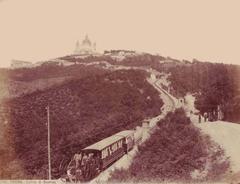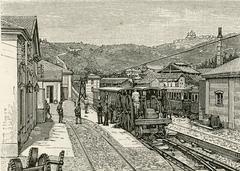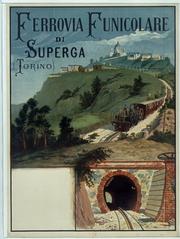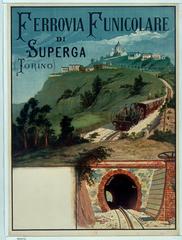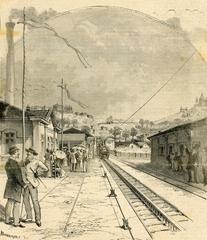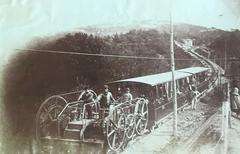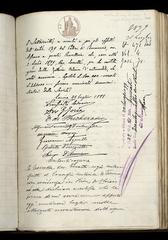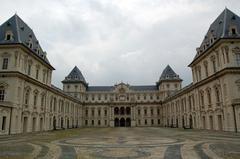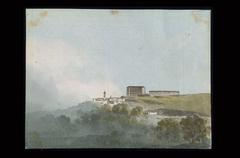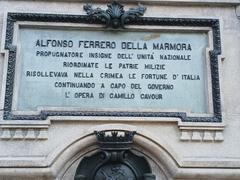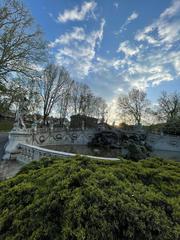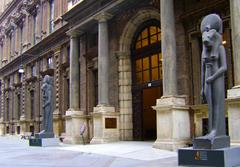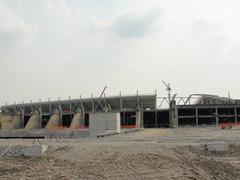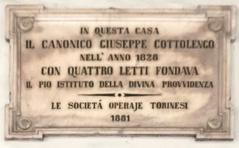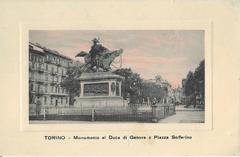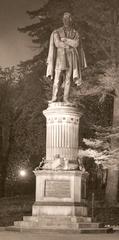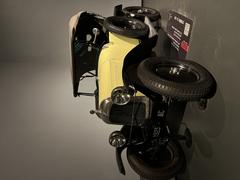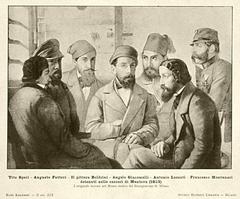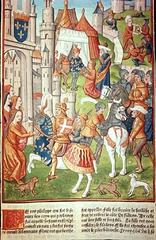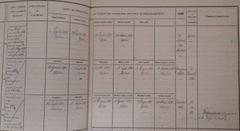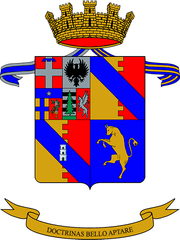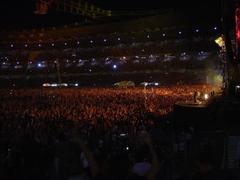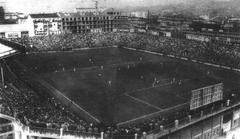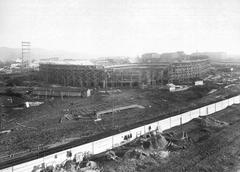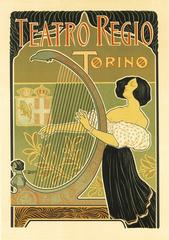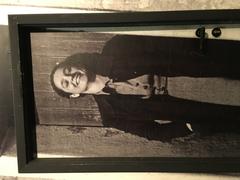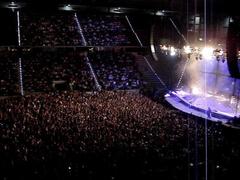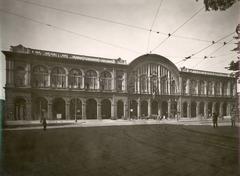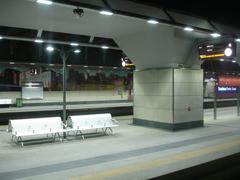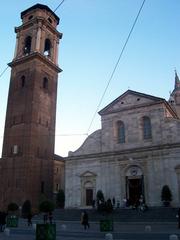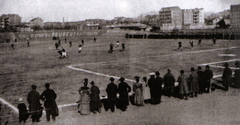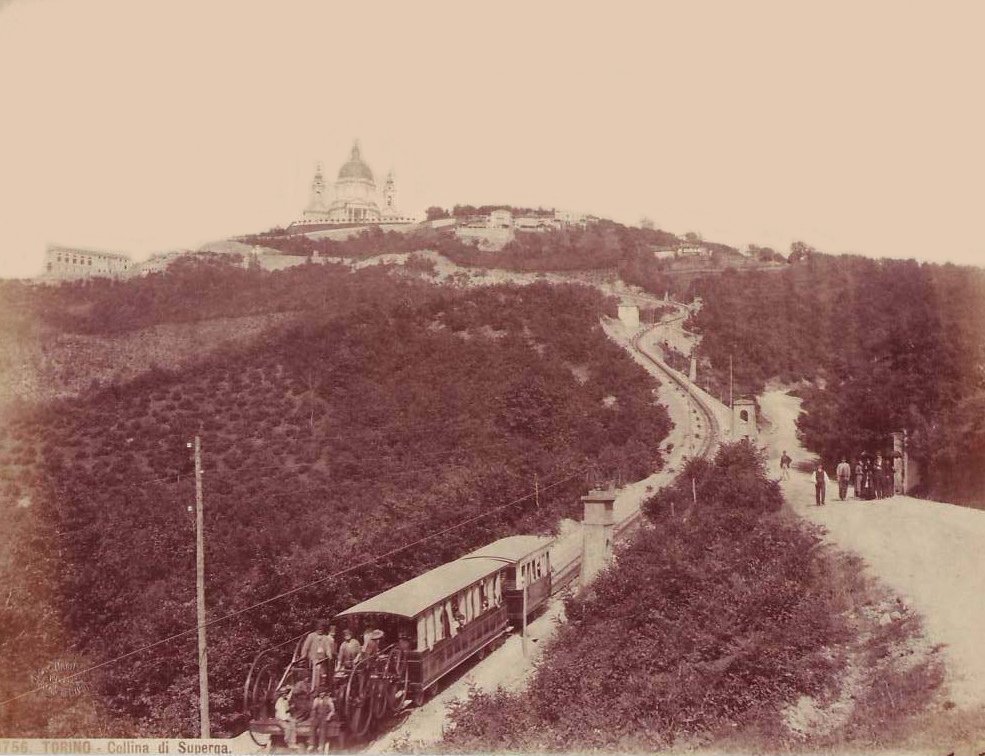
Superga Rack Railway Visiting Hours, Tickets, and Complete Travel Guide to Turin’s Historic Landmark
Date: 14/06/2025
Introduction
The Superga Rack Railway (Cremagliera Sassi–Superga) is one of Turin’s most treasured historical and cultural assets, offering a spectacular journey through engineering history, panoramic landscapes, and vibrant local traditions. Connecting the Sassi district to the hilltop Basilica di Superga, this cog railway—known locally as the Tranvia Sassi-Superga—provides not just transportation, but a memorable experience steeped in the city’s innovative spirit, royal legacy, and collective memory. In this comprehensive guide, you’ll discover the railway’s origins, practical visitor information, ticketing, accessibility, travel tips, and recommendations for making the most of your visit to this iconic Turin historical site.
Table of Contents
- Introduction
- Historical and Technological Significance
- Cultural and Social Context
- Visitor Information: Visiting Hours, Tickets, and Travel Tips
- Tourism, Recreation, and Local Life
- Rituals, Events, and Local Traditions
- Frequently Asked Questions (FAQ)
- Visuals and Media Recommendations
- Internal and External Links
- Conclusion and Recommendations
- Call to Action
Historical and Technological Significance
Origins and Evolution
The Superga Rack Railway opened on April 26, 1884, originally as a funicular powered by the Agudio system—a cable-driven innovation enabling trains to ascend steep gradients (Turismo Torino). In 1934, the line was transformed into a rack-and-pinion railway with electric traction, a system that remains in use today. The meticulously restored carriages from the 1930s allow visitors to experience the charm of early 20th-century travel (Live the World).
Engineering Feats
Traversing 3.1 kilometers and climbing 419 meters—from 225 meters in Sassi to 650 meters at Superga—the railway’s rack-and-pinion technology is a rare surviving example in Italy. The gradient reaches up to 13.5%, managed safely thanks to the third-rail electrification and robust engineering (m24o.net; Reddit). The original rolling stock and infrastructure are preserved, serving as a living museum for railway enthusiasts and historians.
Cultural and Social Context
Symbol of Turin’s Urban Identity
The railway is more than a mode of transport; it symbolizes Turin’s blend of innovation, culture, and connection to its natural surroundings. Offering sweeping views of the city, Po Valley, and Alps, it forms a bridge between the urban landscape and the spiritual heights of Superga (Turismo Torino).
Pilgrimage and Spiritual Heritage
At the summit, the Basilica di Superga—designed by Filippo Juvarra and completed in 1731—stands as a baroque masterpiece and a significant pilgrimage site. It houses the royal tombs of the House of Savoy and was erected as a votive offering after Turin’s liberation in 1706 (m24o.net). The railway makes this sacred site accessible to all, especially those unable to climb the hillside.
The Grande Torino Tragedy and Collective Memory
On May 4, 1949, Superga Hill became the site of the tragic plane crash that claimed the lives of the Grande Torino football team. The event is commemorated annually, with crowds ascending the hill—often via the railway—to honor the lost team. The basilica’s damaged wall remains as a memorial, and remnants of the aircraft are on display, amplifying the railway’s role in Turin’s collective memory (Live the World; m24o.net).
Visitor Information: Visiting Hours, Tickets, and Travel Tips
Visiting Hours
The Superga Rack Railway generally operates daily (except Wednesdays, when the 79/ bus line provides alternative transit). Service hours run from early morning to early evening, varying by season. Always check the latest official timetable for precise visiting hours.
Ticket Prices and Purchase
- Standard Fare: Return tickets are €4.00 for adults (2025).
- Discounts: Available for children, groups, Torino+Piemonte Card holders, and residents.
- Children Under 6: Travel free.
- Bicycles: Allowed with prior notice and a separate ticket; may be restricted during crowded periods.
- Accessibility: One wheelchair user per train, with advance notice and assistance from two accompanying persons.
- Where to Buy: Tickets are sold at Sassi Station and, when available, online (Turismo Torino).
How to Get There
Reach Sassi Station via tram line 15 or city bus routes from central Turin. Parking is available but limited. On Wednesdays, use the 79/ bus alternative.
Best Times to Visit
Spring and autumn offer mild weather and lighter crowds. Early mornings have the clearest views. Major events, such as the May 4th Grande Torino memorial, draw crowds and provide unique cultural experiences.
Accessibility
The railway and basilica are accessible for most, though the vintage carriages and hillside terrain may pose challenges. Staff are available to assist, and the basilica features ramps and elevators for key areas.
Tourism, Recreation, and Local Life
Gateway to Nature and Outdoor Activities
The railway is the principal access point to the Collina di Superga Natural Park, featuring hiking paths, rich biodiversity, and scenic vistas. Cyclists and hikers utilize the railway for eco-friendly travel (m24o.net).
Living Heritage and Community Engagement
For locals, the railway is a source of pride and a venue for leisure, religious events, and cultural commemorations. Staff often share historical facts, creating a richer visitor experience (Turismo Torino).
Artistic and Architectural Inspiration
Superga’s landscape and the basilica’s grandeur have inspired artists and architects, including Le Corbusier. The dome and panoramic views are frequent subjects for painters and photographers.
Rituals, Events, and Local Traditions
Annual Commemorations
Thousands gather on May 4th to honor the Grande Torino team, using the rack railway for the ascent. This ritual is integral to Turin’s collective memory (Live the World).
Pilgrimages and Religious Festivals
The basilica hosts Marian feasts and local religious festivals, with the railway adjusting service to accommodate pilgrims (m24o.net).
Educational and Cultural Tours
Schools and cultural groups organize trips to explore the railway’s history, engineering, and the natural environment.
Route, Track, and Stations
- Sassi Station: Features a tramway museum, café, restaurant, pizzeria, and limited parking.
- Superga Station: Adjacent to the basilica, with access to the royal tombs and the Local Hill Park Agency center.
- Intermediate Stops: Prima Galleria, Raddoppio, and Pian Gambino (on request; primarily for hikers and operational use).
Rolling Stock and Technical Features
The railway uses vintage 1930s motor cars, restored for safety and comfort while retaining their historical character. Each train, running on metre-gauge track, can hold up to 220 passengers and safely manages steep gradients thanks to the rack-and-pinion system and third-rail electrification.
Visitor Experience and Highlights
- Scenic Views: Enjoy spectacular vistas of Turin, the Po Valley, and the Alps.
- Photographic Opportunities: Both the railway ascent and Superga hilltop offer excellent spots.
- Onboard Comfort: Restored wooden interiors and large windows create a nostalgic, immersive experience.
Nearby Attractions
- Basilica di Superga: Baroque church, royal tombs, and panoramic terrace (Idealista).
- Local Hill Park: Nature trails and environmental events.
- Other Turin Historical Sites: Easily accessible, such as Piazza Castello and Mole Antonelliana.
Special Events and Guided Tours
The Local Hill Park Agency and GTT occasionally organize guided walks and educational events. Check the GTT website for updates.
Practical Tips
- Best Time to Visit: Early morning or late afternoon for optimal views and fewer crowds.
- Luggage: Space is limited; avoid bringing large bags.
- Group Reservations: Recommended for groups of 10+ and for visitors needing assistance.
- Dress Appropriately: Hilltop weather can be cooler than the city; layers are advised.
Frequently Asked Questions (FAQ)
Q: What are the visiting hours?
A: Varies by season, generally early morning to evening, except Wednesdays. Check the official timetable.
Q: How do I buy tickets?
A: Purchase at Sassi Station or online when available. Discounts apply for eligible groups.
Q: Is the railway wheelchair accessible?
A: Yes, with prior reservation and assistance.
Q: Are bicycles allowed?
A: Yes, with advance notice and a separate ticket; restrictions apply during busy times.
Q: What can I see at Superga?
A: Explore the basilica, crypt, royal tombs, nature trails, and panoramic terraces.
Visuals and Media Recommendations
Include high-quality photos of the vintage carriages, panoramic city and mountain views, and the basilica’s dome. Use alt text with keywords such as “Superga Rack Railway visiting hours,” “Superga tickets,” and “Turin historical sites” for SEO optimization.
Conclusion and Recommendations
The Superga Rack Railway stands as a living testament to Turin’s ingenuity, history, and enduring connection between city, nature, and spirituality. Visitors can look forward to a seamless blend of historic travel, breathtaking scenery, and cultural enrichment. Plan your visit by checking official schedules, booking tickets in advance during peak times, and exploring the many layers of history and nature this site offers. For the most up-to-date information, visit the official GTT website.
Call to Action
Ready to embark on the Superga Rack Railway adventure? Download the Audiala app for real-time updates, ticket bookings, and guided tour options. Subscribe to our newsletter and follow us on social media for insider tips on Turin’s historical sites and the latest event news.
